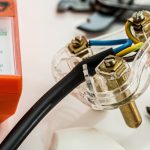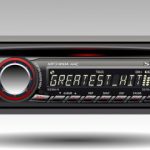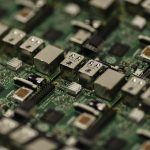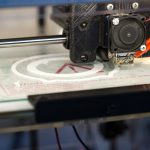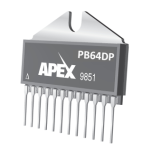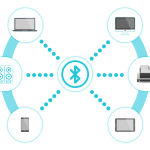
IoT Technology
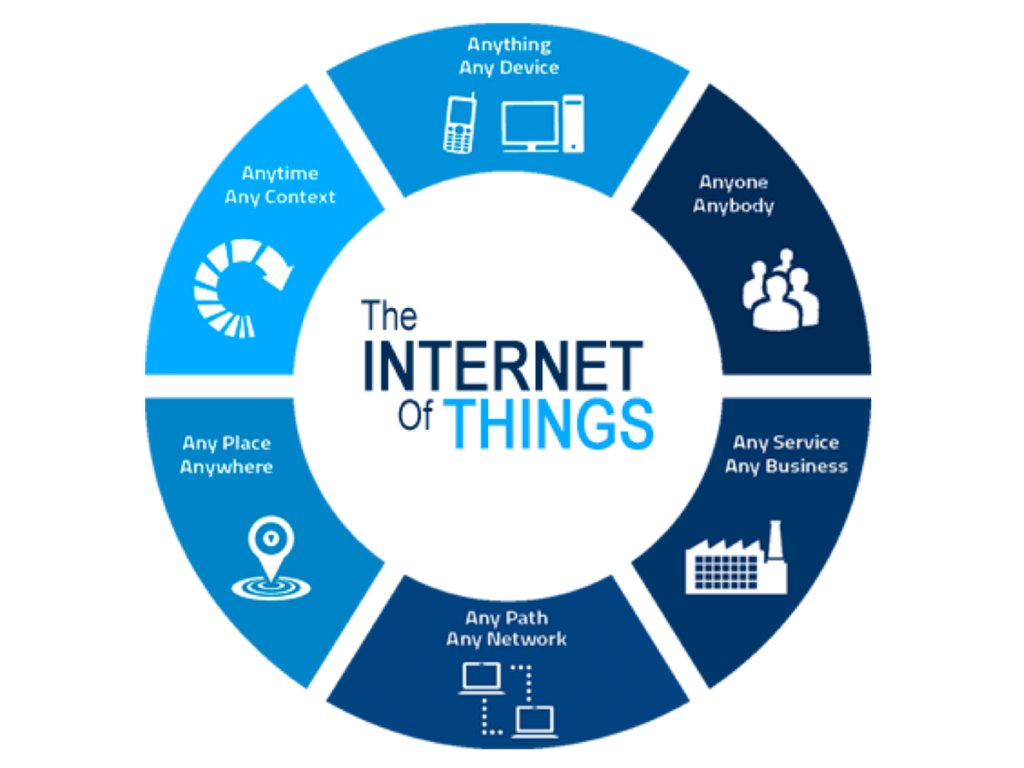
Connectivity arguably forms the backbone of IoT. However, IoT is diverse and multifaceted this there is no one size fits all wireless network that can sufficiently serve IoT applications. As such, numerous wireless networks are currently being used to actualize IoT by connecting wireless devices. In this article, we are to discuss 5 of the leading types of IoT wireless technologies.
Leading IoT wireless technologies

Cellular (4G $5G)
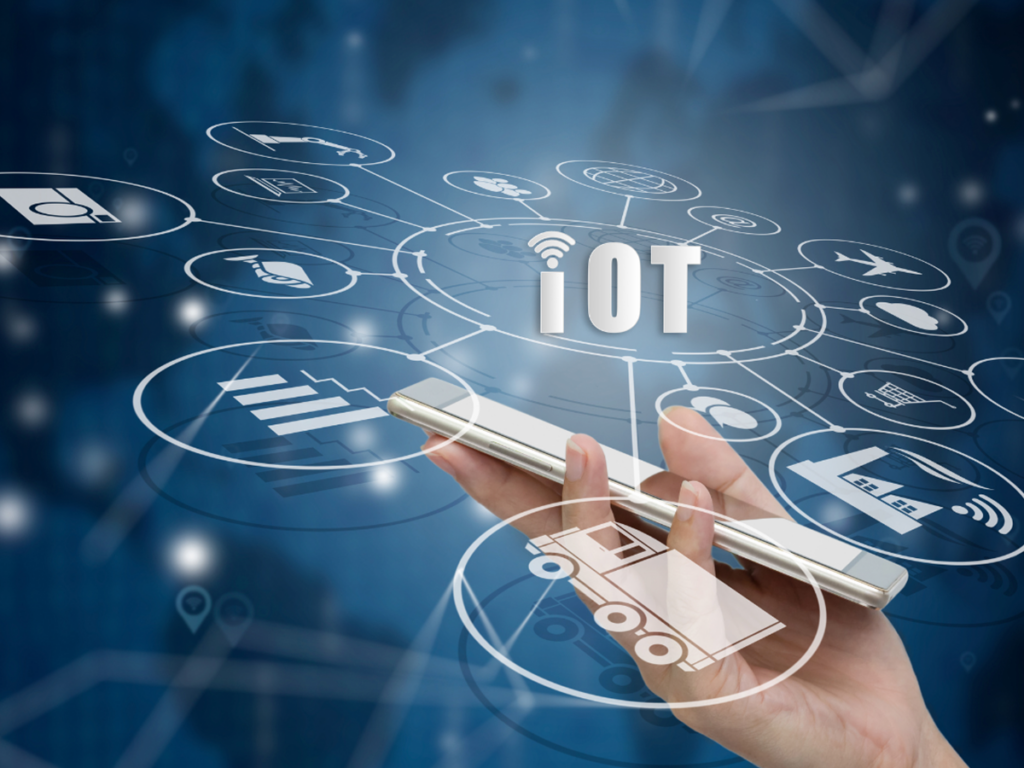
The 4G cellular network has become very prevalent across the globe. It offers broadband communication that supports voice calls and video streaming. The power needs for 4G are relatively higher. The coverage within industrial setups is also challenging. Nonetheless, the network offers an excellent choice since it offers good bandwidth, scalability interoperability the world over.
5G cellular network is yet to achieve a similar level of adoption as 4G. The coverage is still very low. However, 5G promises high-speed mobility support and ultra-low latency. With good coverage, 5G is expected to significantly boost autonomous vehicles and augmented reality. With an expected latency ten times less than that in 4G, 5G will be ideal for critical applications like health and public safety.
Low Power Wide Area Networks (LPWANs)
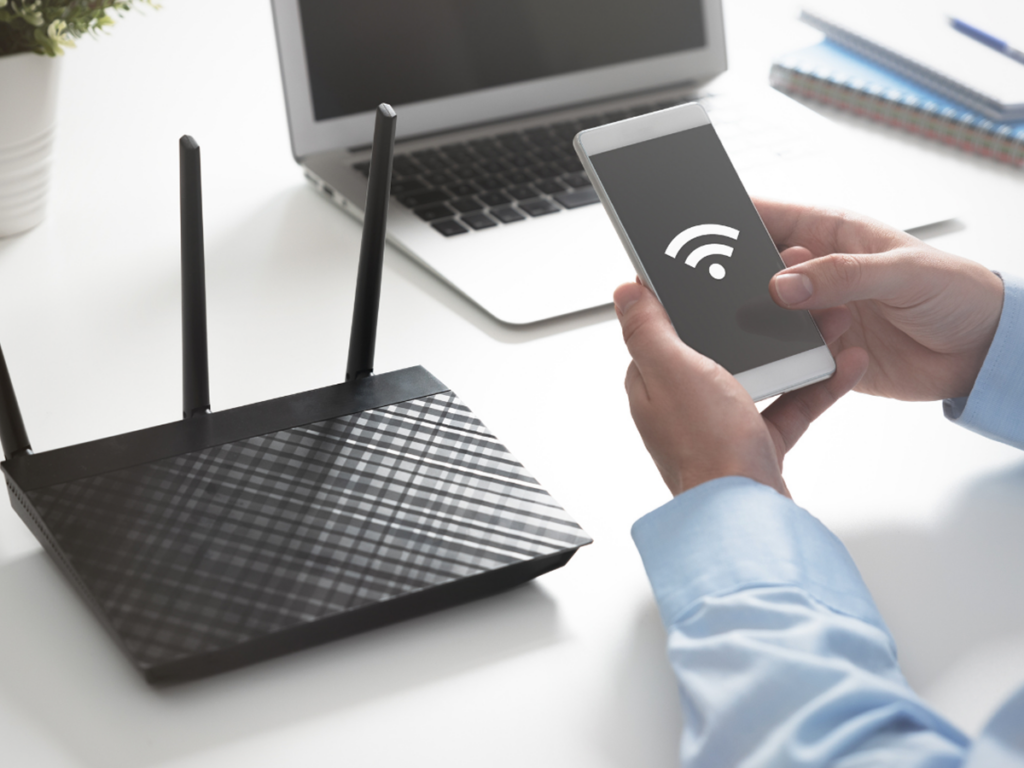
LPWANs are a recent development aimed at meeting requirements. They offer long-range communication. They employ low-cost and low-power radios. Their batteries are also inexpensive and last long. LPWANs is capable of supporting large-scale IoT networks over a wide area. Numerous spectrums can be operated with the said network including cellular, LTE-M, LoRa, Sigfox, and Ingenu among others. The performance and advantages of each one of them vary accordingly. You need to explore each of them to ascertain that which best serves needs.
Bluetooth and BLE
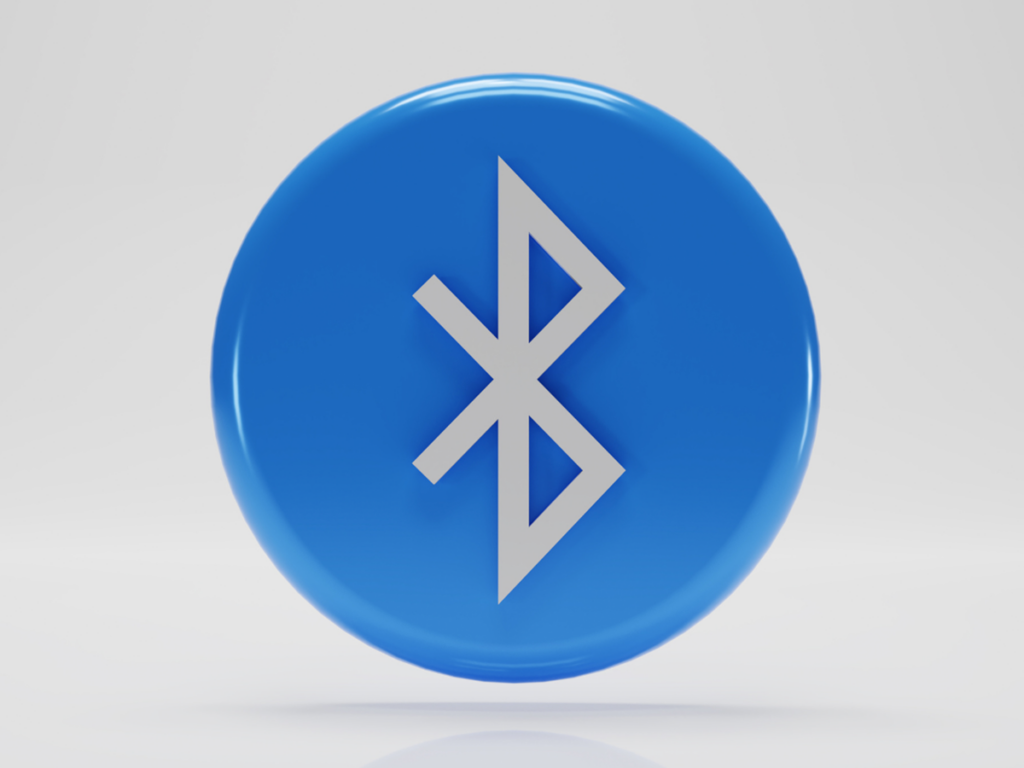
Bluetooth classic has been around for a while. It was originally intended for either point-to-point or point-to-multipoint communication among devices. BLE has gained widespread popularity among fitness and medical wearables. BLE requires lower to operate and is ideal for consumer applications. It allows interoperability with mobile devices and gateways. Its low power requirements and extended range make it ideal for IoT sensors where battery change is to avoided or minimized.
Wi-Fi
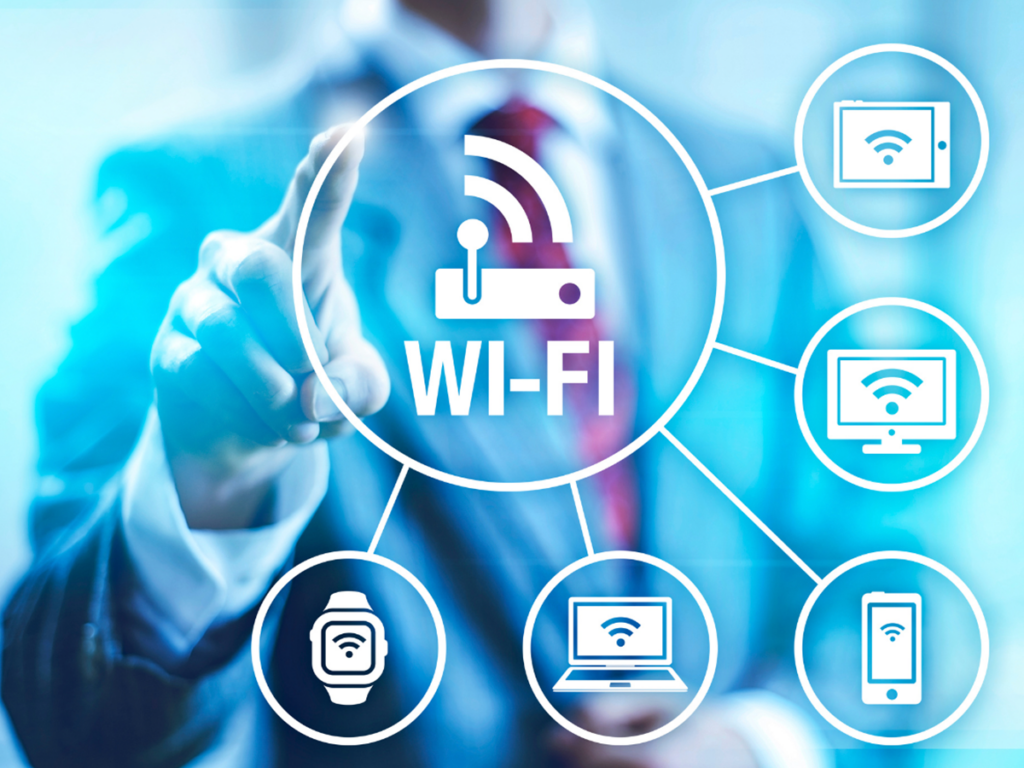
Wi-Fi is readily available; however, its coverage, scalability, and power consumption make it less suited for battery-operated IoT sensors. Wi-Fi is well suited for devices that can be connected to power outlets like smart home appliances. The latest version of the same offers enhanced network bandwidth thus improving throughput per user. This is likely to improve user experience and adoption of the same in various IoT applications.
RFID
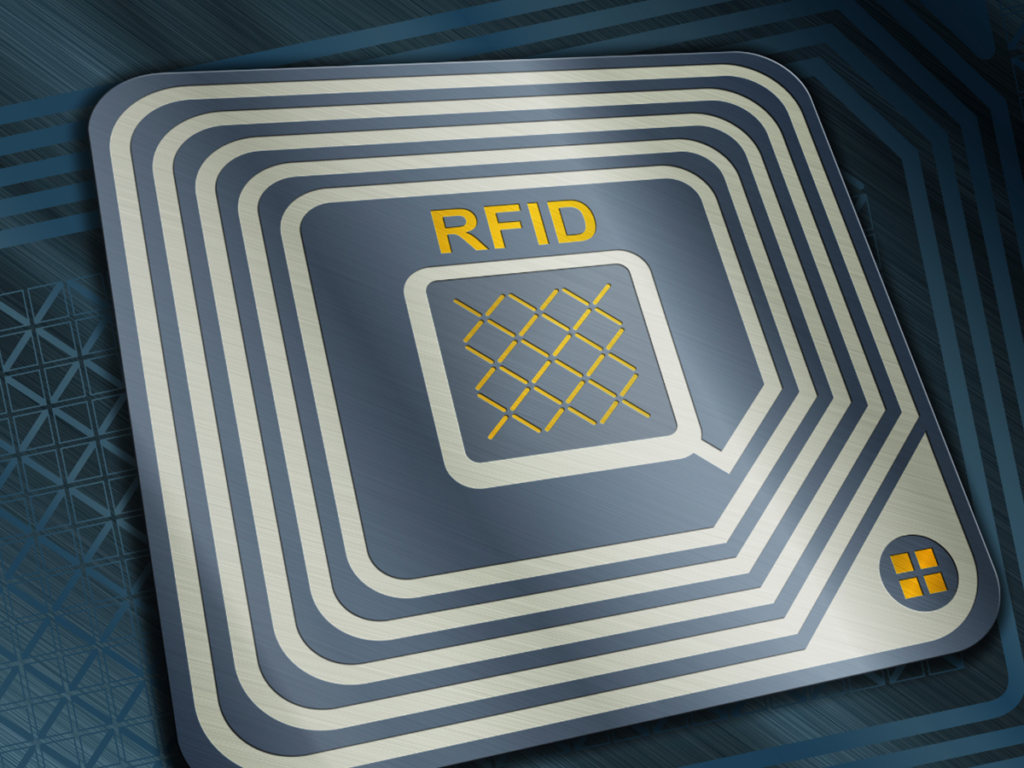
RFID is commonly used in retail and logistic sectors. RFID uses radio waves to transmit small amounts of data from an RFID tag to a reader over a short distance. If you attach tags to various types of products and equipment, you can track inventory in real-time with a lot of ease. This plays a big role in IoT applications like smart shelves and self-checkout.






